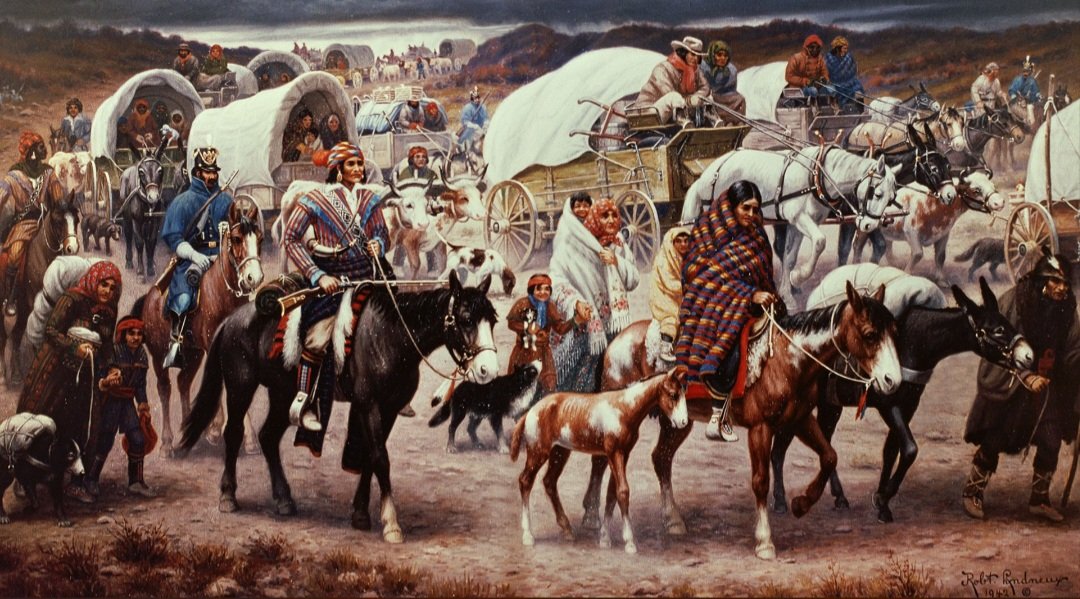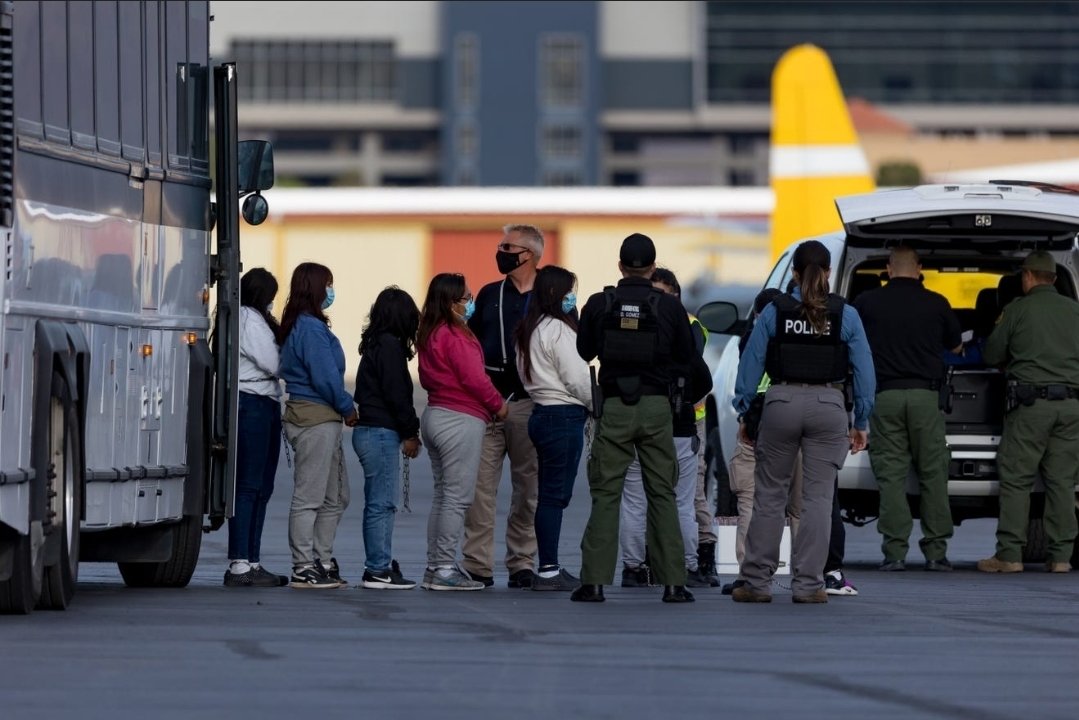⚠️WOKE CONTENT⚠️
🧵 One of the first things Trump did when he returned to the the Presidency was bring back the portrait of Andrew Jackson to the Oval Office. Why? They have a lot in common.(cont)
#ProudBlue
#ResistanceRoots
#USDemocracy
#Voices4Victory
historynewsnetwork.org/article/trump-…
🧵 One of the first things Trump did when he returned to the the Presidency was bring back the portrait of Andrew Jackson to the Oval Office. Why? They have a lot in common.(cont)
#ProudBlue
#ResistanceRoots
#USDemocracy
#Voices4Victory
historynewsnetwork.org/article/trump-…
From Jackson's Indian Removal Act to Trump's mass deportation policies, I will break down the similarities in both. In 1830, President Andrew Jackson signed the Indian Removal Act. It authorized the U.S. government to force Native nations off their ancestral lands east(cont) 

of the Mississippi. It led to one of the darkest chapters in American history. Indigenous people were marched westward in brutal conditions. This became known as the Trail of Tears—tens of thousands died from disease, starvation, and exposure.(cont)
nps.gov/trte/learn/his…
nps.gov/trte/learn/his…

The Act wasn’t just about land. It was about power. Native sovereignty was erased, fertile soil was seized for White settlers, and slavery expanded into new territory. Fast forward: Trump’s immigration policies target undocumented immigrants with mass deportations, (cont) 

detention expansion, and exclusion from public benefits. The rhetoric? Protecting “real Americans” from outsiders. The parallels are striking:
- Native nations removed, immigrants deported.
- Jackson framed Natives as “obstacles”→Trump frames immigrants as "threats". (cont)
- Native nations removed, immigrants deported.
- Jackson framed Natives as “obstacles”→Trump frames immigrants as "threats". (cont)

Both policies weaponize state power against marginalized groups. Key difference: Native tribes were sovereign nations with treaty rights. Immigrants today are individuals without legal status. But the underlying logic—who belongs, and who doesn’t is (cont) counterpunch.org/2024/12/12/tru…
chillingly similar. The Indian Removal Act reminds us that America has long defined itself by exclusion. Whether Indigenous peoples in the 1830s or immigrants today, the struggle over belonging is central to U.S. history. (cont)
theconversation.com/donald-trump-a…
theconversation.com/donald-trump-a…
Remember this: history doesn’t repeat exactly, but it rhymes. Studying the Indian Removal Act helps us see how state power can be used to erase communities—and why vigilance is essential today.
The past is prologue.
#KeepItWoke
#DedicatedToTam✡️🕊
thesciencesurvey.com/editorial/2025…
The past is prologue.
#KeepItWoke
#DedicatedToTam✡️🕊
thesciencesurvey.com/editorial/2025…
• • •
Missing some Tweet in this thread? You can try to
force a refresh









